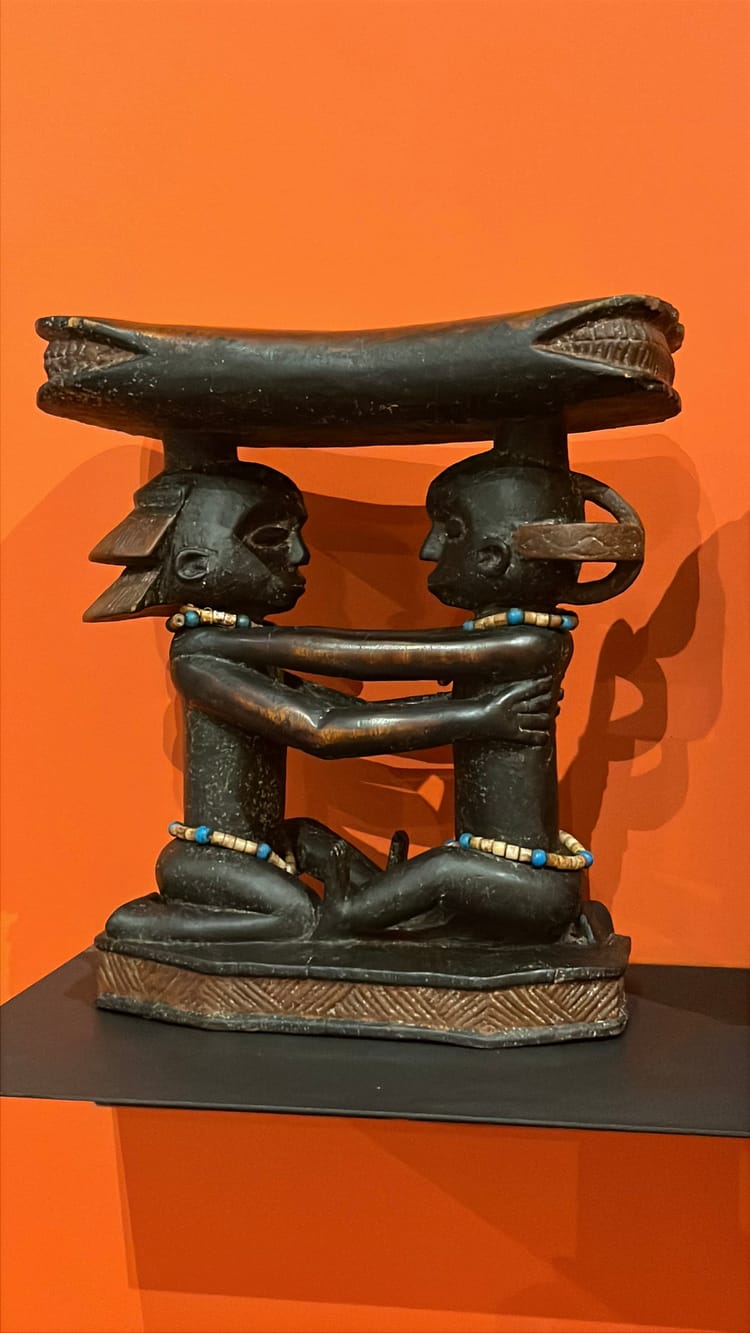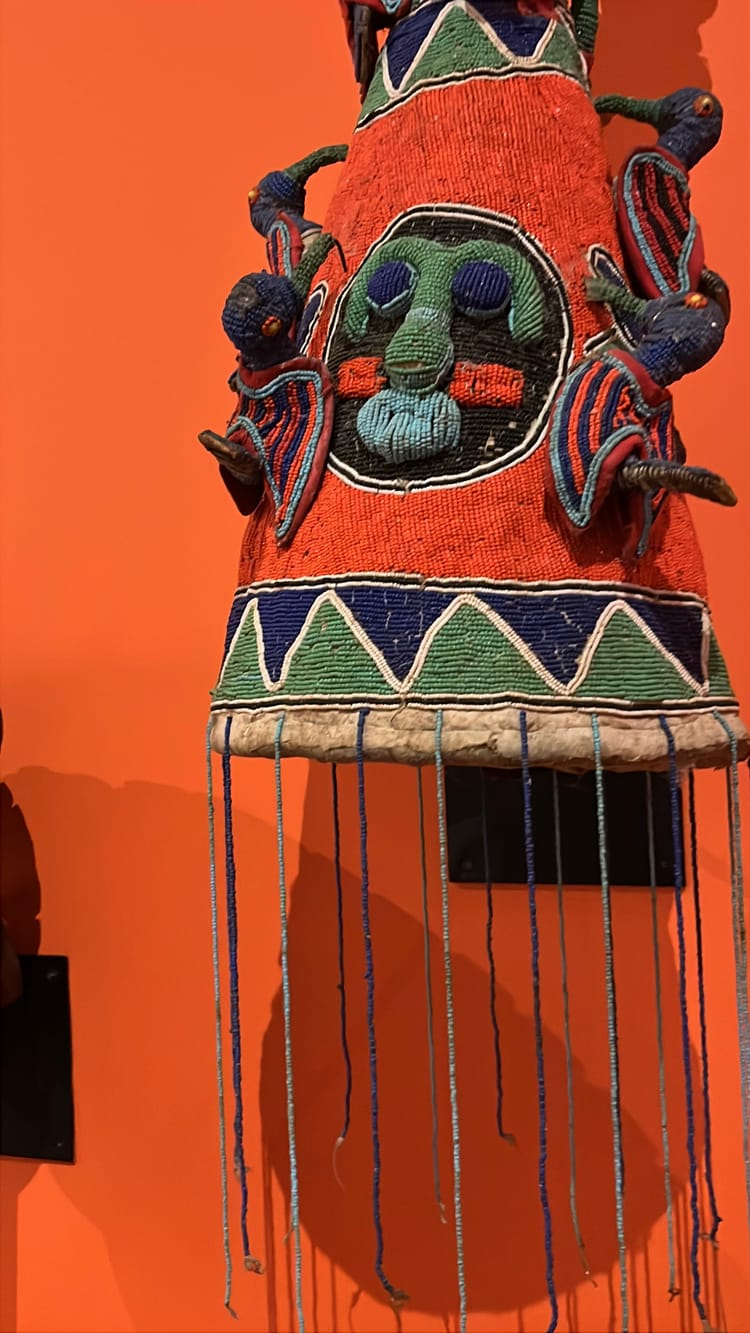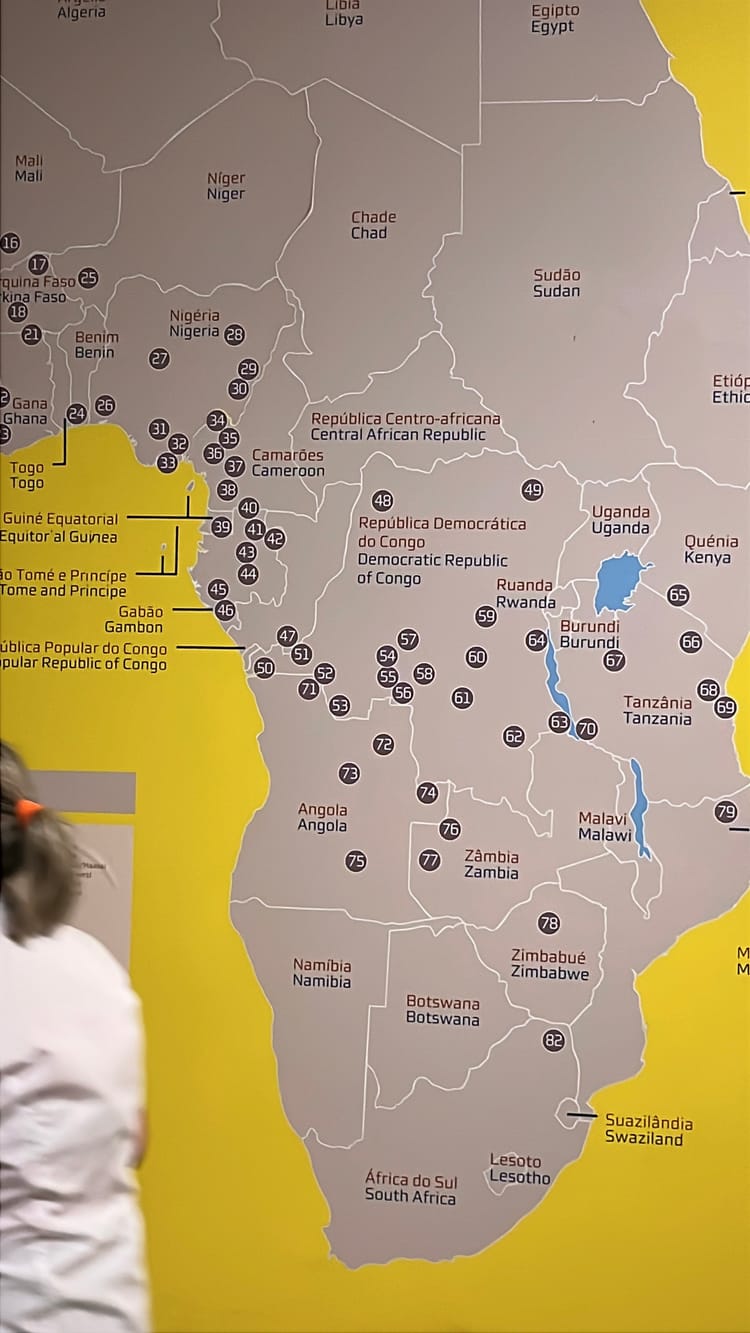Why We Tip: Understanding the Cultural and Historical Significance

Cultural Insights for Travelers: Mastering Tipping Norms Everywhere You Go
Last night, I went out for drinks with two good friends. When it was time to pay, the waiter gave one of my friends the payment machine to tap their credit or debit card. The screen prompted her with tipping options starting at 6%, 10%, and 15%. "No tip" and "Other Amount" were options at the bottom. This experience was in Portugal, where tipping is not a cultural thing, although it creeps into the culture in the tourist traps. I never see tipping options in the non-touristy restaurants I patronize because it's not expected.
With the super friendly waiter standing there and the inherent cultural pressure we Americans feel, she tipped at 10% - her middle ground not to feel guilty. In America, you see this everywhere, from restaurant machines (including takeaway) to online Quickbooks payments for lawn care. There, the amounts are often up to 25% and, on occasion, included, such that clients add another tip on top of the "service charge." This scenario is a common experience in the United States, rooted deeply in the country's historical and cultural context.





